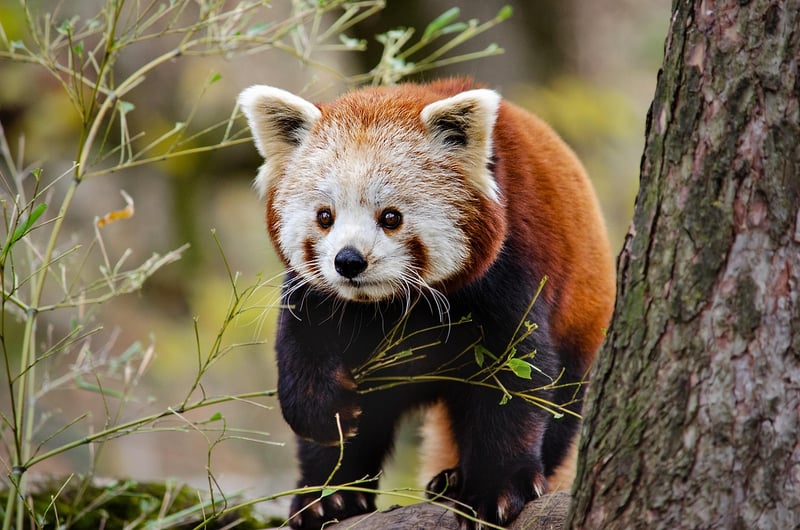Wu/Hao Style Tai Chi
Ancient Chinese Martial Art for Balance and Energy Flow
In the realm of martial arts, there exists a practice that goes beyond physical combat and delves into the realm of balance, energy flow, and inner peace. This practice is none other than Tai Chi, a centuries-old Chinese martial art renowned for its graceful movements and holistic benefits.
The Origins of Tai Chi
Tai Chi, also known as Tai Chi Chuan, originated in ancient China and is attributed to Zhang Sanfeng, a legendary Taoist monk. The art form combines martial arts techniques with philosophical principles, emphasizing the cultivation of internal energy, or Qi, through slow, deliberate movements.
The Philosophy of Tai Chi
At the core of Tai Chi is the concept of yin and yang, the balance of opposing forces in the universe. Practitioners of Tai Chi seek to harmonize these forces within themselves, promoting physical, mental, and emotional well-being.
The Wu/Hao Style of Tai Chi
One of the five major styles of Tai Chi is the Wu/Hao style, named after Wu Yuxiang and his student Hao Weizhen. This style is characterized by its compact movements, emphasis on internal energy cultivation, and focus on precision and alignment.
Benefits of Practicing Tai Chi
- Improves balance and coordination
- Enhances flexibility and strength
- Reduces stress and anxiety
- Promotes relaxation and inner peace
- Boosts energy levels and vitality
Getting Started with Tai Chi
Whether you are a seasoned martial artist or a complete beginner, Tai Chi offers a gentle yet profound way to enhance your physical and mental well-being. Find a qualified instructor or reputable class in your area to begin your journey into the world of Tai Chi.
Embark on this ancient practice to discover the harmony of body, mind, and spirit that Tai Chi has to offer.

Image Source: Pixabay
